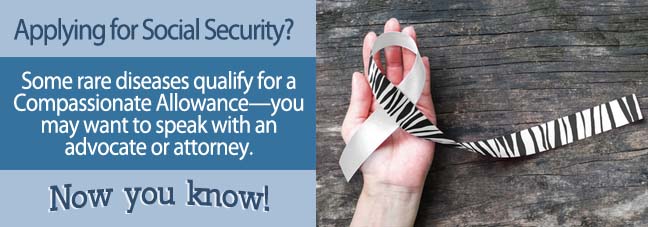Most people can hear the words “Alzheimer’s”, “cancer”, or “stroke” and know what you are talking about. This is because these are diseases that, while severe, are relatively common.
But what about the diseases that aren’t as well known.
Millions of Americans and their families are affected by rare diseases every year. On February 28th, these victims are given a platform to speak about their illnesses and raise awareness for the challenges they face every day.
This Rare Disease Day, educate yourself and others about these unknown issues to help fight for a healthier future for all.
What is a “Rare Disease”?
In the United States, a disease is considered “rare” when it affects less than 1 in every 200,000 people. This includes over 7000 different classified diseases that affect millions of Americans each year.

Over 80% of all rare diseases in America are genetic. Genetic disorders tend to cause problems either immediately from birth or during child age — this is one of the reasons why 50% of all rare diseases are found in children under the age of 12.
One example of a rare genetic disease is Tay-Sachs, an inherited disease caused by fatty build-up in the brain and spinal cord, typically resulting in death by around age four. Another disease, Turner Syndrome, occurs when a female is born with only one X chromosome, resulting in short stature, potential heart defects, delayed puberty, infertility, and possible learning disabilities.
The other roughly 20% of rare diseases are caused by infections, allergies, environmental causes, or degenerative disorders. These can affect people of any age and origin.
For instance, bacterial meningitis is a type of severe infection with dangerously common symptoms, such as stiff neck, headache, and fever. Extreme cases can even be deadly, so it is vital for people to know of its existence even though it is rare.
Coping with a Rare Disease
For those living with a rare disease, one of the initial hurdles is simply getting a diagnosis. Due to a lack of research on more rare disorders, patients can suffer symptoms for long periods of time before doctors figure out what is wrong. This can lead to misdiagnosis, resulting in improper treatment of the disease and further struggle.
Even after proper diagnosis, this lack of research can mean that doctors aren’t as certain when it comes to methods of treatment for certain rare illnesses. Patients and families affected by rare diseases can also struggle socially — because such few people understand the complexities of a rare disease, the process can be extremely isolating and disheartening.
For those with rare diseases, it is extremely important to find healthy coping strategies amidst all the unique difficulties they face.
This means receiving support from family and friends, attending support groups, participating in non-profits, maintaining close relationships with doctors, and doing whatever it takes to stay motivated and joyful whenever possible.
Additional Resources
If you or a loved one has been diagnosed with a rare disease and is looking for additional assistance, Social Security disability insurance (SSDI) may be an option. Social Security can provide monthly benefits to patients and families who are financially unable to function due to their impairment. Even those without a definite diagnosis can receive assistance for symptoms that are severe enough.
For more information on SSDI or the application process, you can refer to the Social Security Administration’s website or speak with a Social Security disability attorney.